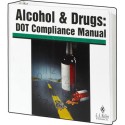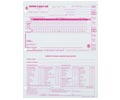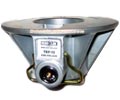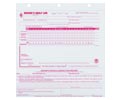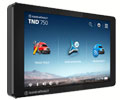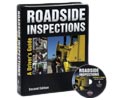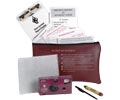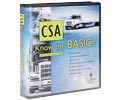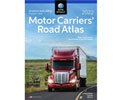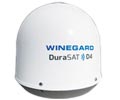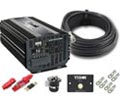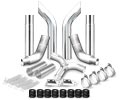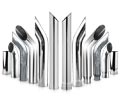Documentation Checklist for DOT Safety
Commercial motor vehicle (CMV) operators involved in interstate or foreign commerce must comply with the Federal Motor Carrier Safety Regulations (FMCSR).
Operators of CMVs involved in intrastate commerce must comply with drug & alcohol, commercial driver's license (CDL), and most of the other safety regulations since nearly all states have adopted or have similar regulations to the FMCSRs. In some cases the applicability of the requirements may be different because some states use different weight limits from the federal regulations.
For regulations other than drug & alcohol and CDL, your vehicle is a CMV if it meets any of the following criteria:
- Has a gross vehicle weight rating, gross combination weight rating, gross vehicle weight, or gross combination weight of 10,001 pounds or more;
- Is designed to transport more than 8 passengers (15 if not for compensation);
- Is transporting hazardous materials in quantities requiring the vehicle to be placarded.
For the insurance requirements in Part 387, you are subject if your vehicle is being operated for-hire in interstate commerce; or if it is transporting hazardous materials, hazardous substances, or hazardous waste in interstate or intrastate commerce.
Following is a checklist to help you address the safety documentation requirements for 49 CFR Parts 380 – 396:
- Your vehicle must be marked with company name and USDOT number (§390.21).
- You must maintain an accident register (§390.15(b)).
- You must maintain a driver’s qualification file (§391.51).
- You must maintain a safety performance history file (§391.53).
- You must maintain records for hours of service (e.g., driver’s log, time records) (§395.8).
- You must maintain records of your ongoing maintenance program (§396.3).
- You must complete a post-trip inspection report (§396.11).
- You must have documentation of the annual inspection (§§396.17-396.23).
- You must have proof of the required levels of insurance (§387.7(d) and §387.31(d)).
- You must have documentation of entry level driver training and longer combination vehicle training, if applicable (§380.401, §391.55, and §380.505).
For drug & alcohol and CDL regulations, your vehicle is a CMV if it meets any of the following criteria:
- Has a gross vehicle weight rating of 26,001 pounds or more;
- Has a gross combination weight rating of 26,001 pounds or more (inclusive of a towed unit of 10,000 pounds or more);
- Is designed to transport more than 15 passengers;
- Is transporting hazardous materials in quantities requiring the vehicle to be placarded (see definition of hazardous materials in §383.5).
You must have documentation of the following:
- Drug & alcohol program in Parts 382 and 40 (documentation covered in §382.401).
- Commercial driver’s license requirements in Part 383 (license required by §383.23, notification requirements in §§383.31-383.35).
Back to » Top | Resource Center | What Owner-Operators Need To Know?



